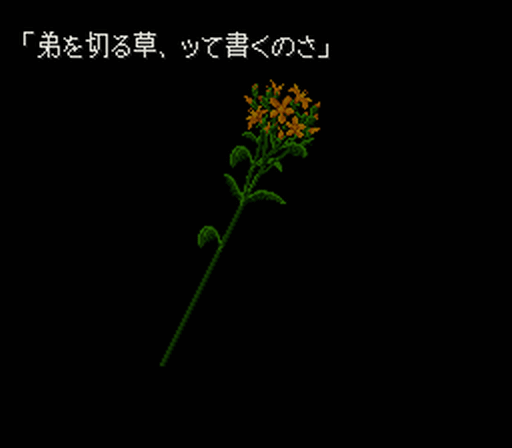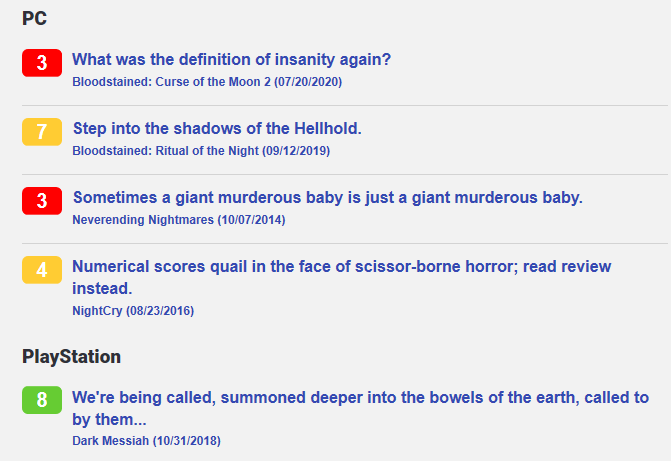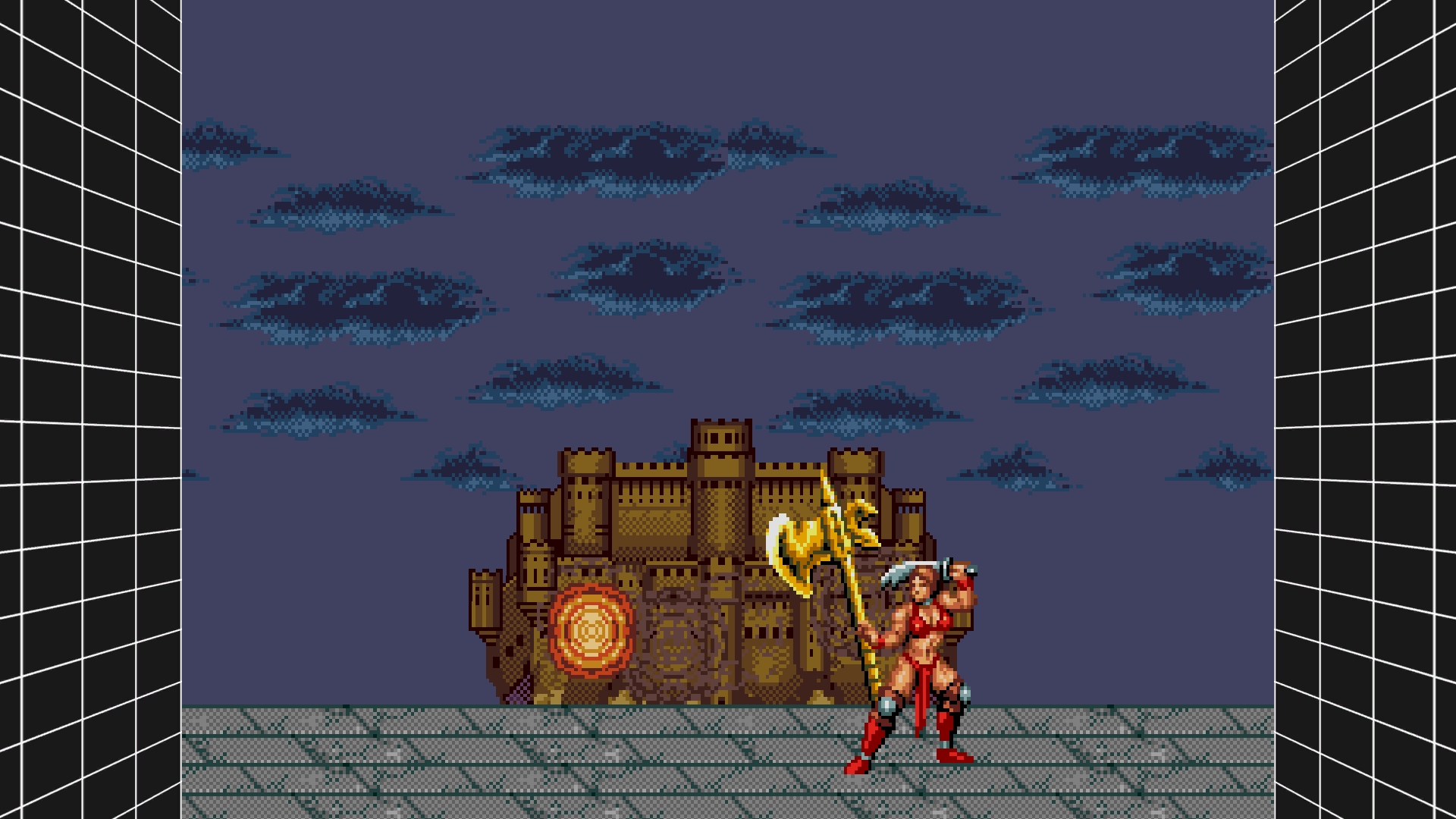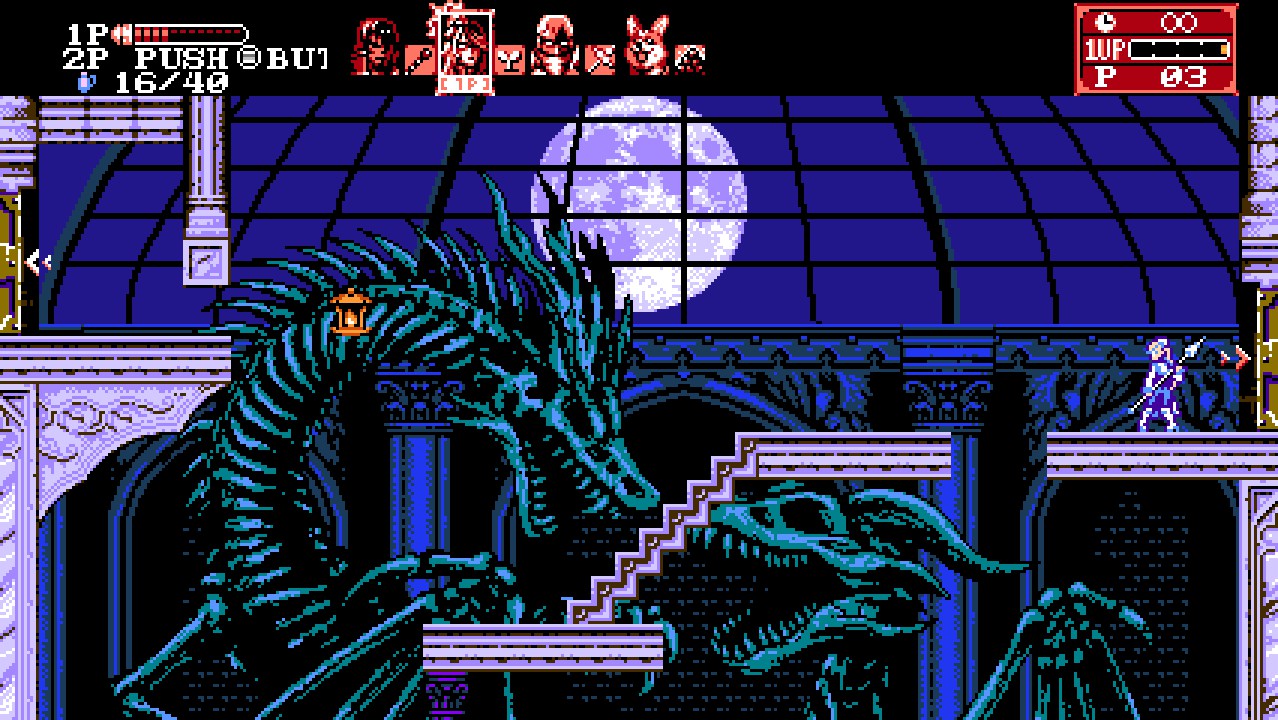

After my experience with Kamaitachi no Yoru, I gave its immediate predecessor, Otogirisou, a spin. The title translates to "St. John's wort." The herb has more sinister associations in Japan, of which the main character will gladly inform you at the start of the game. I think he'd have a hard time reversing a few decades' worth of natural medicine PR in the States, though.
I expected a proof-of-concept for Kamaitachi no Yoru, but Otogirisou has its own identity, one that's pretty unique: not only will the plot branch depending on your choices, but the premise of the plot itself will change. Like, completely. In one playthrough, I was exploring the roots of an age-old curse from Bourgogne royalty that turned blood against blood. In another, the hero and heroine mainly concerned themselves with fleeing a giant killer fish. That walked on its hind fins. Somehow. Add this to the very modular nature of the opening developments - where your couple will explore the rooms of a creepy old manor one by one in pretty much the same sequence each time, but the spooks and scares encountered will change according to your choices and the options you've unlocked through previous playthroughs - and you've got a very replayable experience with a ton of content.
It sounds fun, and it is, but the stories end up kind of overly melodramatic or doofy, and the visual style (kinda-clunky Amiga-esque graphics) is limited, which is why I gave it the score I did. As with NightCry, I'm constantly questioning my own assessment, though. Like killer vending machines, ambulatory killer fish don't come along every day.
I was considering going through the twists & turns of the four scenarios I played, but I then realized: there are a lot of differences, and I'm not sure my memory can reliably pair events with playthroughs at this point. Otogirisou is no stranger to mixed-up narratives, though, so that post should be...in the future.
I keep a list of the games I finish & play every year in anticipation of putting together "best of the year" articles that I rarely ever write. In looking over these lists, though, I discovered another problem: I spend a lot of time on middling throwaway titles on Steam that are convenient diversions instead of the big stuff, the potentially great titles and the stuff that seems to speak to me that I've been meaning to get to but actually never do.
So: around the start of the year, I assembled a big Master List of the games I've been wanting to play, to target my focus. It's been...marginally successful, as you'll see. I'd wanted to finish - or at least attempt - all these games within a two-year period. I'm not exactly on schedule. (Games with an X, I've finished; games with an N, I've tried but abandoned.) I am, however, making more progress than I would otherwise.
TO PLAY:

One of the aggravating things about posting reviews on GameFAQs - besides how they've taken aggressively to hiding user reviews - is the constant changes in their scoring system. A good while back, they put one-word labels after the numerical scores ("5 - Average") that didn't always match the feel of the ratings. Later, they switched from a 10-point scale to a five-point scale. Now, they're back to a 10-point scale, but the scores are color-coded green, yellow, and red. The upper end of the red scores is 3, with which I agree, but the upper threshold of yellow is...7. 70%, the traditional threshold of passing in the U.S. school system, is not considered a good score anymore, according to GameFAQs. (All right, maybe that's more an argument in favor of the change.)
The obvious answer is to continue ignoring the constantly-shifting scoring criteria and just use the 10-point scale as it reads to me - but what is that?
A 10, to me, does not mean "perfect" - though a 10 cannot have many, if any, major flaws. Rather, a 10 does something so well, so wonderfully and irreplaceably, that it represents an achievement in the medium. Silent Hill 2 is a 10 for tackling difficult subject matter with extraordinary success and its environmental storytelling that very effectively leverages the unique characteristics of the gaming medium. Phantasy Star II is a 10 to me for its marriage of environmental storytelling and presentation - though that case is harder to make nowadays, as its style of gameplay would get in the way for a lot of people.
9s are really polished in nearly every facet. The presentation is a cut above just ("just") good or great games. 9s, again, should not have many, if any, major flaws. 9s, perhaps, aren't all-time classics but are standouts in their generation. 9s don't come along that often. Baten Kaitos is a 9 to me.
7 and 8 are good and great. A 7 is a solidly good game, a title to which I could give a blanket recommendation. The classification of a 7 as middling is puzzling to me. 70% is passing. 8s are a cut above 7s in terms of quality and are really great titles - they just don't have the extra across-the-board infusion of go-the-extra-mile polish of 9s, as few games will. 8s are generally as good as it gets for your "everyday" games, for lack of a better term. 9s and 10s are for something really special.
6s are the weirdest category. 6s aren't quite bad, but they're lacking something. They have positives - sometimes very strong positives! - and might be worth your trouble given specific circumstances, but I can't give them a general recommendation. I personally like The 7th Saga's atmospheric depiction of a lonely journey, support for a diverse selection of protagonist classes, impressive battle sprite work, and music, but it's too grind-heavy for a general audience. That said, I've gotten a lot out of it and wouldn't have wanted to miss it. Golden Axe III is a 6 despite bringing lots of new ideas to the table, showing some real heart after a truly lousy second installment, and, to get right down to it, being fun, because there are some corners that needed more ironing - better graphical detail in spots, though it's miles above II - and because two of the characters have a move that is more or less unblockable and can, with a little skill, get you through the entire game. The visual novel Otogirisou is looking like a 6 because, despite some impressive branching, the stories are all kinda goofy - though you can get a kick out of it if you set expectations accordingly.
5 is ehhhh?. Good and bad are up in the air, present in equal measure. A 5 is mediocre and probably not worth your time.
4 is where the scale decisively settles/weighs in on the negative side. 4s aren't bad - not definitively bad, anyhow - but there's more bad than good, or the bad is more salient than the good traits. I gave NightCry a 4, but I'm consistently rethinking that, as that death by vending machine is a gift most other games don't give.
3 is bad. A 3 is, flatly, a bad game. 4s are still too much of a mix to dismiss as flatly bad, whereas 3 are defined by bad. Neverending Nightmares has a strong, if highly copypasted, art style, but the game is wholly defined by its creator's love of extravagant, in-your-face images of suicidal mutilation, which is completely at odds with its ostensible anti-depression message. Whereas I can equivocate with NightCry over stuff like "ah, that vending machine scene!", there's no such conflict with Neverending Nightmares. There's very much a gut reaction of "fuck this game."
2s and 1s are experiences that are not worth your time and are irredeemable pieces of media. The difference a 2 has something worthwhile in it even if the game around it is certainly not worthwhile. Clock Tower II: The Struggle Within, which had some really interesting ideas despite abysmal execution, is a 2. A 1 has nothing.
While my efforts here might have momentarily paused, the words of wisdom NEVER stop! FROM THE INTERREGNUM:


Bloodstained: Curse of the Moon 2
(Don't be fooled by those awesome skeletons.)
Page 51 of 56
